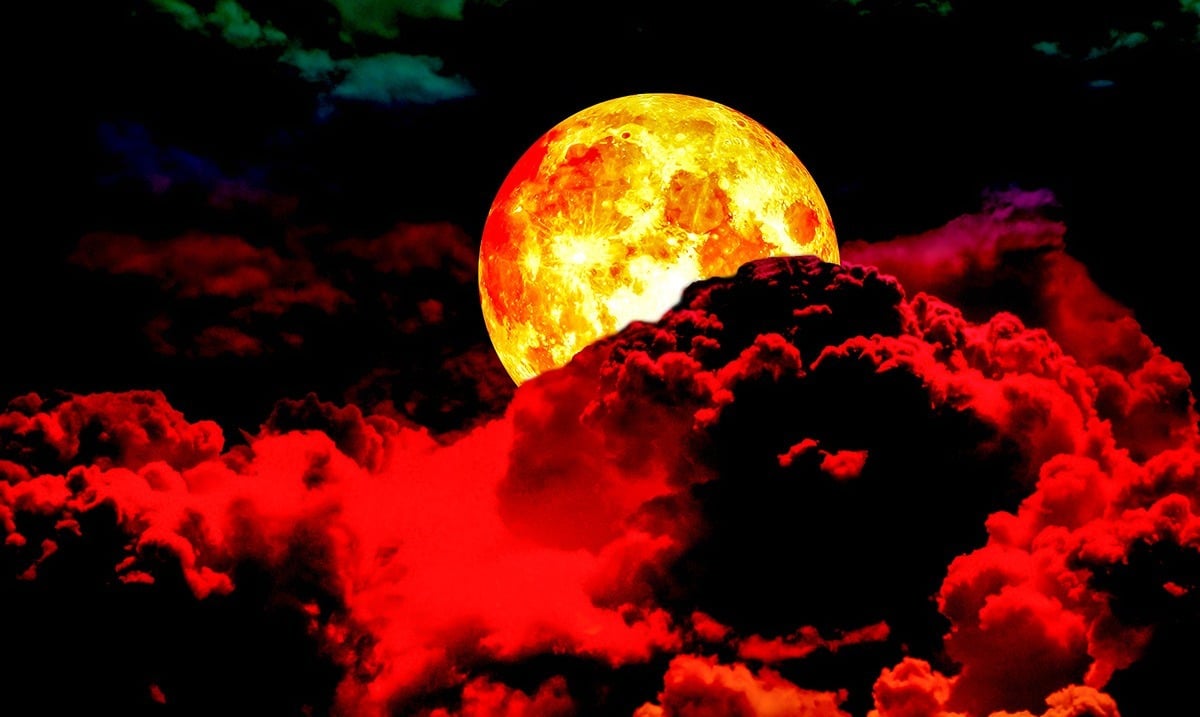The new year is upon us, and we’re going to kick it off with a bang! Stargazers prepare yourselves – on January 20th you will have the opportunity to witness a Super Blood Moon Total Lunar Eclipse.
Lunar eclipses are certainly nothing new, with an average of at least 2 lunar eclipses each year. However, it’s safe to say that not all eclipses are created equally, and many aren’t even visible. Often these eclipses are either harder to see partial lunar eclipses, or (if 2 happen in a single lunar month) impossibly faint penumbral lunar eclipses. When a total lunar eclipse does occur, it’s visible to half of the world, weather permitting. This is estimated to happen approximately once every 2 years.
What is a total lunar eclipse? When we look to the beautiful light of the full moon, what we are actually seeing is the reflection of the sun off the moon’s surface and back to us. This transfer of light is interrupted when the Earth comes between the two, casting its shadow over the moon. We can watch the shadow as it makes its way across the moon, starting with what appears to be a notch out of the side of the moon which continues to grow. When it reaches the point of full eclipse, the moon appears to be completely reddish in color, known as a Blood Moon.
This year’s Blood Moon is going to be quite the sight, however, as it coincides with the arrival of the Super Moon. This is the point in which the moon is closest to Earth in its orbit, causing it to appear significantly larger and brighter in the night sky. Therefore, January’s moon is going to be the biggest and brightest possible Blood Moon. It’s going to be a sight to behold!
While the eclipse will start at approximately 9:36 PM EST on January 20th, it won’t be overly noticeable until it reaches the partial eclipse state at approximately 10:33 PM EST. The actual full eclipse is estimated to last from 11:41 PM EST to 12:43 AM EST, peaking around 12:16 AM EST.
The best part of this phenomenon? Weather permitting, it will be visible with the naked eye. For best results, head out to a spot free from the tall buildings and light pollution of the city, such as a large open field. Leave the bright flashlights and device screens at home, as they will prevent your eyes from adjusting to the night sky. Don’t forget to bundle up, it’s going to be a little chilly to be standing outside for long periods of time!

